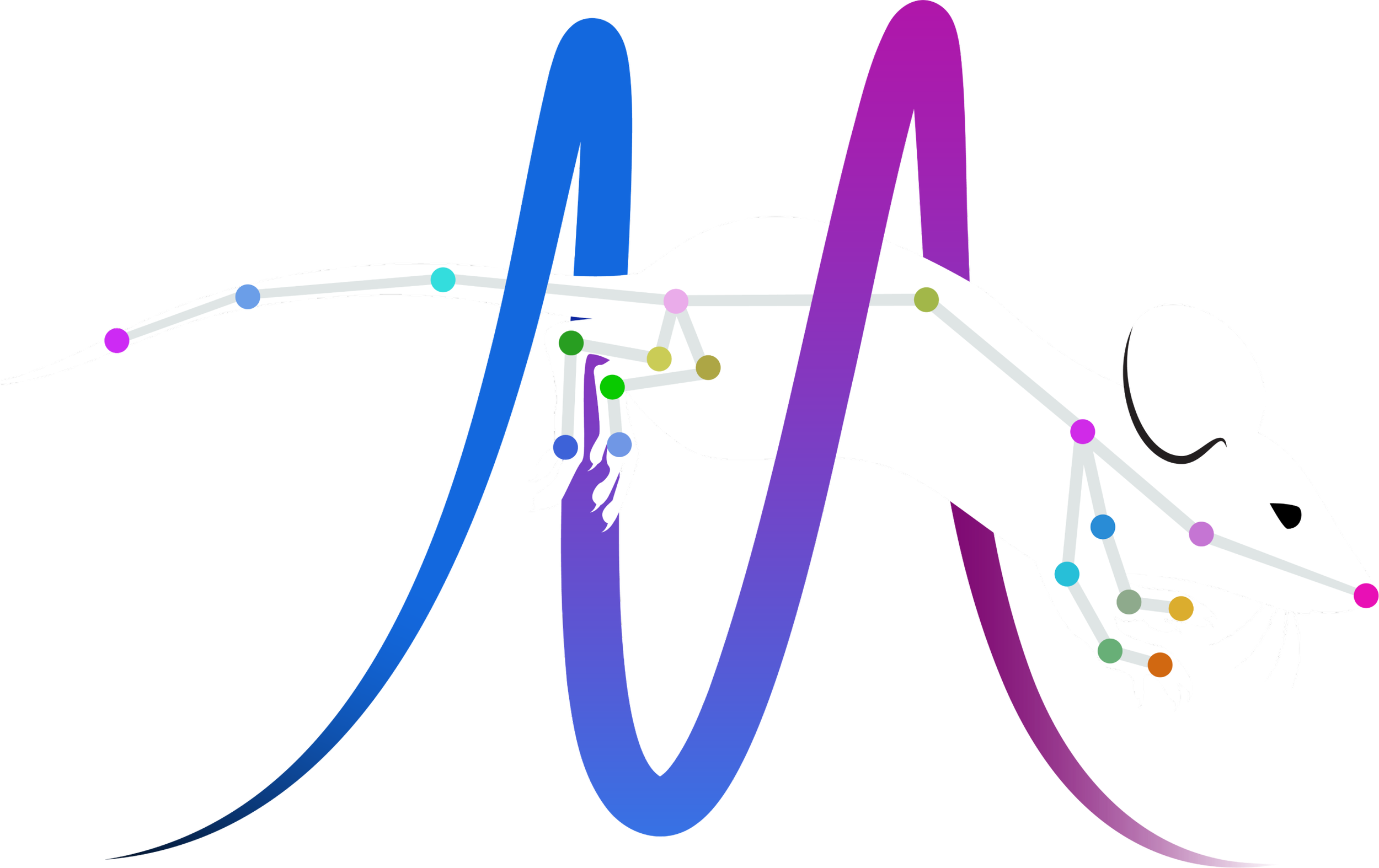We turn natural language descriptions of behaviors into machine-executable code.
We use large language models (LLMs) to bridge natural language and behavior analysis.
AmadeusGPT: a natural language interface for interactive animal behavioral analysis by Shaokai Ye, Jessy Lauer, Mu Zhou, Alexander Mathis & Mackenzie W. Mathis, which was published at NeuRIPS2023 (the #1 machine learning venue)!
Like this project? Please consider giving us a star ⭐️ on GitHub!
AmadeusGPT is open-source!
🔮 You can easily install and run AmadeusGPT on your local machine. Follow the instructions and get the code here: https://github.com/AdaptiveMotorControlLab/AmadeusGPT
Here is a preview of what it looks like:
Abstract
The process of quantifying and analyzing animal behavior involves translating the naturally occurring descriptive language of their actions into machine-readable code. Yet, codifying behavior analysis is often challenging without deep understanding of animal behavior and technical machine learning knowledge. To limit this gap, we introduce AmadeusGPT: a natural language interface that turns natural language descriptions of behaviors into machine-executable code. Large-language models (LLMs) such as GPT3.5 and GPT4 allow for interactive language-based queries that are potentially well suited for making interactive behavior analysis. However, the comprehension capability of these LLMs is limited by the context window size, which prevents it from remembering distant conversations. To overcome the context window limitation, we implement a novel dual-memory mechanism to allow communication between short-term and long-term memory using symbols as context pointers for retrieval and saving. Concretely, users directly use language-based definitions of behavior and our augmented GPT develops code based on the core AmadeusGPT API, which contains machine learning, computer vision, spatio-temporal reasoning, and visualization modules. Users then can interactively refine results, and seamlessly add new behavioral modules as needed. We benchmark AmadeusGPT and show we can produce state-of-the-art performance on the MABE 2022 behavior challenge tasks. Note, an end-user would not need to write any code to achieve this. Thus, collectively AmadeusGPT presents a novel way to merge deep biological knowledge, large-language models, and core computer vision modules into a more naturally intelligent system.

